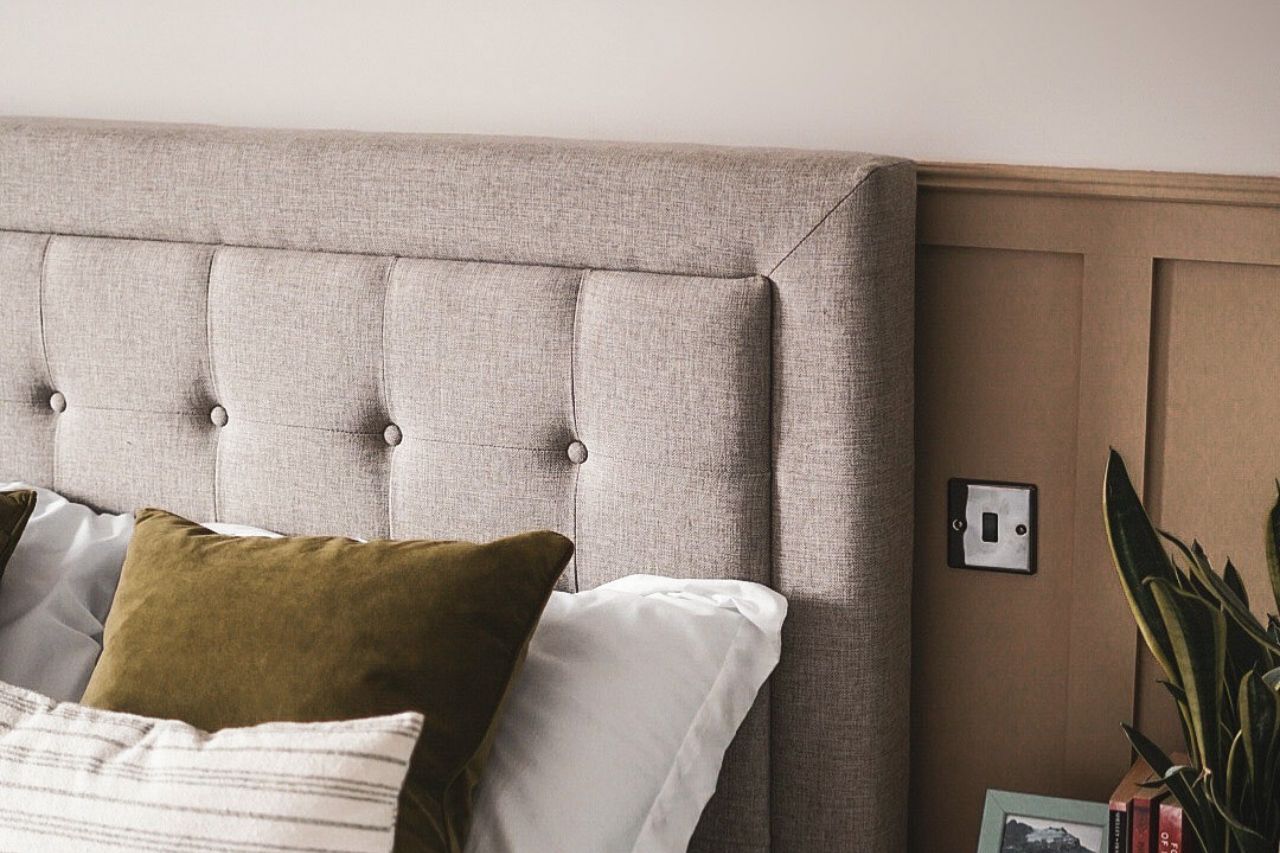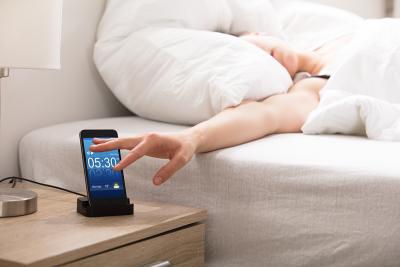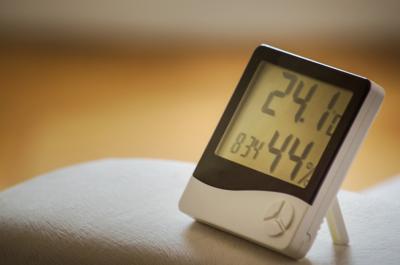Sleep is one of the most important parts of our day-to-day life, but it's a routine steeped in development and history. It's also something we're still learning about to this day. With our understanding of rest and sleep changing every year, new facts must be learnt.
Today, we're going into our favourite facts about mattresses and beds and our favourite brain and sleep facts. Read on to blow your mind - a whole world of knowledge awaits!
Discover our best facts about beds and mattresses

1. The mattress is Arabian in origin
One of our favourite facts about mattresses. The word 'mattress' is taken from the Arabian word Matrah - which is formed from the word taraha - the mattress was brought to the West by Crusaders returning from the new worlds of the East. At the time, the British were sleeping on coarse fabrics stuffed with straw - they must have been rather bewildered by the luxurious Persian throw pillows that Arabia was using. The word Taraha translates to 'throw' - throw down the pillow and go to sleep!
Mattresses have changed plenty since - but the Matrah still lives on. Think of a bean bag as the modern-day equivalent. (Though we wouldn't recommend using it as a bed 24/7.)

2. Mattress tags are a legal necessity!
You've probably seen jokes about removing mattress tags, but they are there for good reason and are a legal requirement. Mattress tags inform companies of batch numbers to ensure fresh materials and new manufacture. During the 1800s, many mattresses were filled with scraps and old fabric capable of spreading disease.
As a result, your mattress tag now contains important information about the mattress and its age, which is essential in maintaining a good night's sleep and a quality product that bed makers from around the world can be proud of.

3. King Louis XIV of France reportedly owned 413 beds!
A man who loved his sleep!
One of the most amazing facts about beds - and yet it's completely true! From 1643 to 1715, King Louis of France built a routine of immense luxury, design and excess into his life - including 413 beds across all of his palaces. He was all about beds!
Louis treated sleep as a precious asset that should be guarded and appreciated. He could commit acts of statesmanship, from laws to wars, from his bedsheets. It was even considered a great honour to be permitted to watch the king sleep or wake up. Can you imagine having a huge group of politicians watching you in the morning?!

4. Folding beds were used in Ancient Greece
One of the more surprising facts about beds is that many of the concepts we now see as 'modern' are ancient!
The Ancient Greeks were all about beds too - they loved multipurpose furniture and would use the equivalent of a modern folding bed for sleeping at night time - however, more unique is that this piece of furniture was often foldable, like a deckchair, so it could be used equally for lounging in the Grecian sun as it could be for sleeping in a cool, dark bedroom. Sounds like heaven, right?
Maybe not - as mattresses would often be filled with old vegetable skins such as pea pods!

5. Shakespeare bequeathed his wife his 'Second Best Bed'!
This is the most famous part of William Shakespeare's will and was one of the last to be added to the document, according to scholars. The best bed in the house went to his daughter, something that has often been interpreted as a snub towards his widow. However, this may not be the case.
The best bed in the house was usually the guest bed in Shakespearian times, while the second-best is likely to be the marital one that he and his wife shared. Chances are that rather than being an act of sarcasm, William Shakespeare was giving his wife a romantic gift, one he specifically chose to pick out from his estate - after all, she was already receiving the home and a third of his other belongings.
In Shakespearian times, they were obsessed with sleep and comfort, as they were seen as a luxury. There were books and guides all about beds to provide the perfect sleep - maybe they'd be the equivalent of the Happy Beds blog today!

6. The largest bed in the world was built in 2011
We're pretty sure a super king size bed is big enough for even the most demanding sleeper - and we know our stuff - but for some people who demand an army of soft toys or a lot of wiggle room, worry not - The Summer Festival of St Gregorius in Hertme, the Netherlands broke the world record with a luxurious bed that's 186ft wide and 53ft long. It was all well and good, but how comfy was it?
The jury's out. Maybe stick with our super kings instead.

7. Over ten years, your mattress will double in weight!
This is a gross fact about mattresses you will remember. A mattress naturally deteriorates over its lifespan and, simultaneously, loads up on dust, mites, skin cells and sweat - to such an extent that your mattress can grow far, far heavier. After ten years, your mattress will be less comfortable, less durable and, crucially, far, far less clean.
Generally, it's recommended to hoover your mattress every few months, flip and/or rotate it every six weeks, and, most importantly, replace it when its life expires. Even better, with the Happy Beds Manufacturer Guarantee, we promise five years of quality sleep for total peace of mind.

8. Latex foam was invented using a cake mixer and a steam oven!
Cake mixers are great for lots of things. Cake, ice cream… um... Latex foam?
Latex foam - a favourite filling of ours with our latex foam mattresses - was created by EA Murphy, a scientist working for Dunlop. In 1926, he attempted to make the perfect, lightweight foam with liquid latex, but the bubbles refused to stay in the rubber. His wife suggested a cake mixer and a steamer, which did the trick.
From that tiny kitchen experiment, latex foam became a sensation, being manufactured into bicycle seats, padding and, of course, Latex Foam Mattresses. This natural material is still a strong favourite today. One of our favourite facts about beds is just how simple so much of our modern technology's origins are!

9. Falling asleep should take no more than 15 minutes
An interesting pick from our brain and sleep facts - it takes around fifteen minutes for the brain to fall asleep on average. Many contributing factors can affect this; however - if you fall asleep faster, it could be a sign of sleep deprivation. Longer could mean insomnia or a lack of comfort.
If you're finding it particularly difficult to nod off on an evening or having trouble falling asleep, you might want to start thinking about buying a new bed or mattress to get that perfect night's sleep.

10. The Victorians introduced children’s bedrooms!
We're not sure if Victorian kids had beds like ours, but we're sure they'd love it! One of the oddest facts about beds - that kids didn't have their own for most of our history!
Until the mid-1800s, it was common practice for families to sleep in the same room - even in the same bed. If you think that sounds like a nightmare, Victorian health experts agree! They voiced disapproval of the concept and started encouraging converting playrooms and nurseries into children's bedrooms - and kid's beds started becoming more commonplace shortly after.
One Victorian health expert said it was to avoid adults "Sucking up the youthful energy from children while they slept." - to be fair, we think parents must have found it pretty exhausting, too!
What can we learn?
And there we are - ten facts all about beds. It's incredible how much the world of beds, mattresses and bed frames has changed! Sleep is something that's not always constant in our lives - and for centuries, people have grappled with a lack of comfort. We've invented, developed, and recreated all manners of comfort to feel well-rested, comfortable, and cosy in the face of our day-to-day lives.
Whether it's a Persian throw pillow, folding beds, latex foam or even bunk beds, every progress in technology has now led to a whole wealth of comfortable bed frames, mattresses and materials to pursue that perfect night's sleep.












